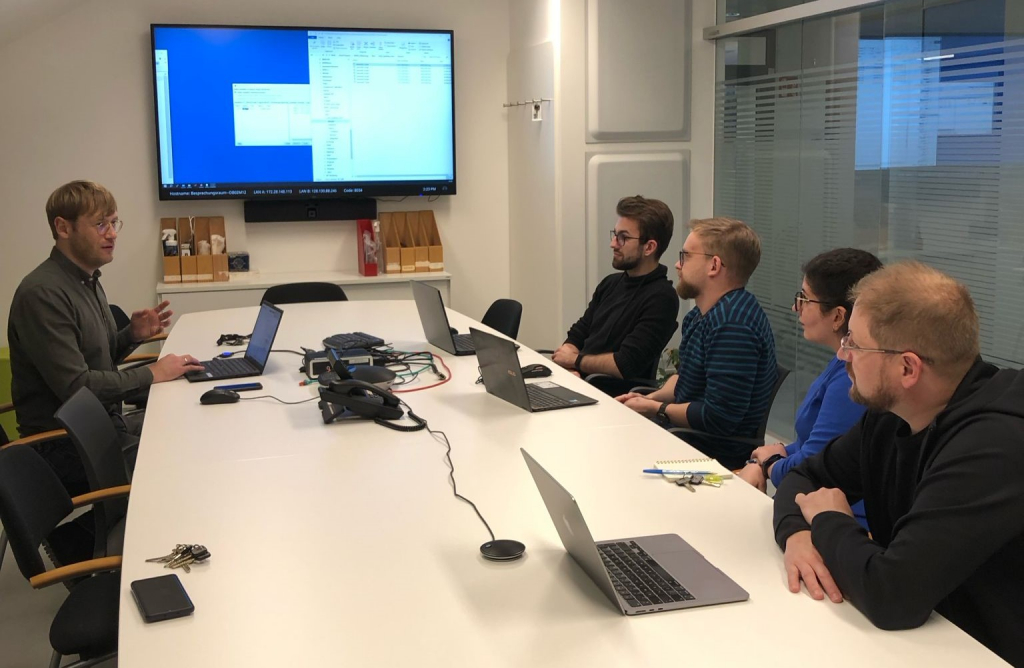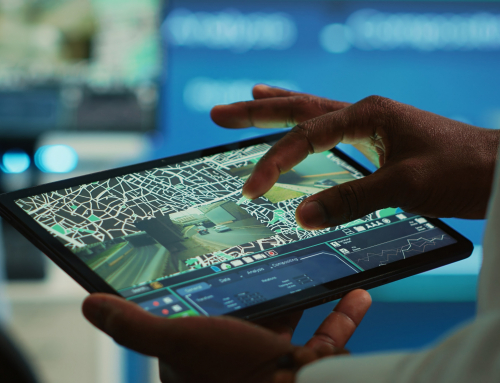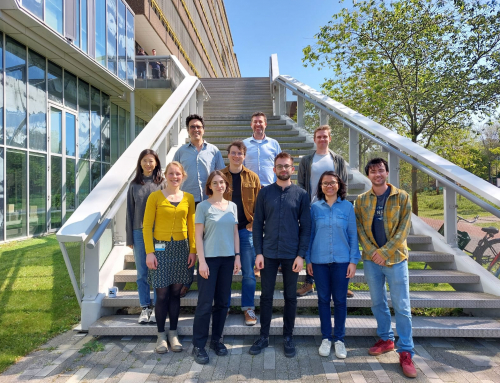Prof. Witold Rohm, leading a combined team from UPWr and TU Wien, has been at the forefront of researching space-based tomography, aiming to develop a Global Navigation Satellite System (GNSS) capable of observing tropospheric vertical profiles globally. The team’s simulations have shown promising results, particularly in utilizing a string of pearls constellation to increase the number of consecutive radio occultation events, thus enhancing the collection of atmospheric observations. Their efforts signify a significant step forward in understanding and monitoring atmospheric dynamics.
Adam Cegla, a PhD student, recently completed a month-long internship at TU Wien, where he delved into orbit simulation for Low Earth Orbit (LEO) satellites. His work not only expanded his technical expertise but also led to the development of a new methodology for assessing the impact of GNSS observations and radio occultation on tomography processing. Adam’s experience underscores the importance of hands-on learning and collaboration in advancing research endeavors.

Similarly, Sebastian Makuch, an MSc student, embarked on a training stint at TU Wien, focusing on simulations of LEO satellites. Utilizing advanced software, Sebastian meticulously analyzed satellite orbits, gaining insights into satellite dynamics and formation analysis. His collaboration with experts in the field enriched his learning experience, while Vienna’s cultural offerings provided a welcome respite from academic rigor.
The contributions of Prof. Rohm and his students highlight the interdisciplinary nature of space-based research and its potential to revolutionize atmospheric monitoring. Their dedication to advancing knowledge in this field paves the way for future breakthroughs in space technology and environmental science.





